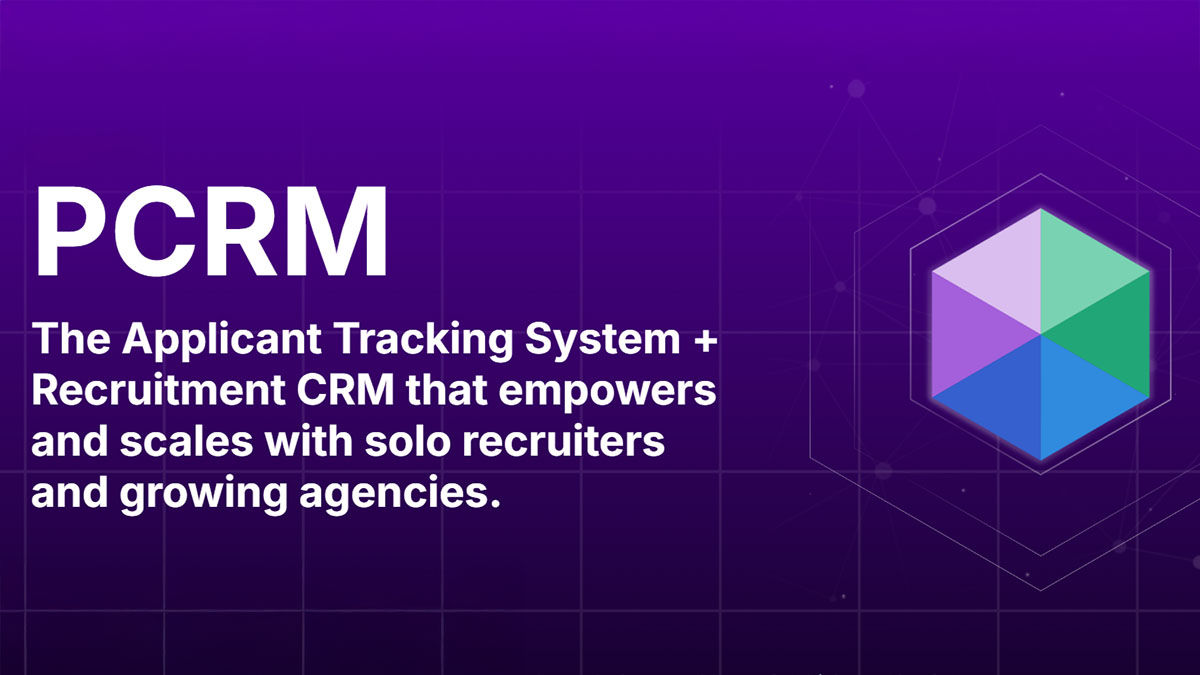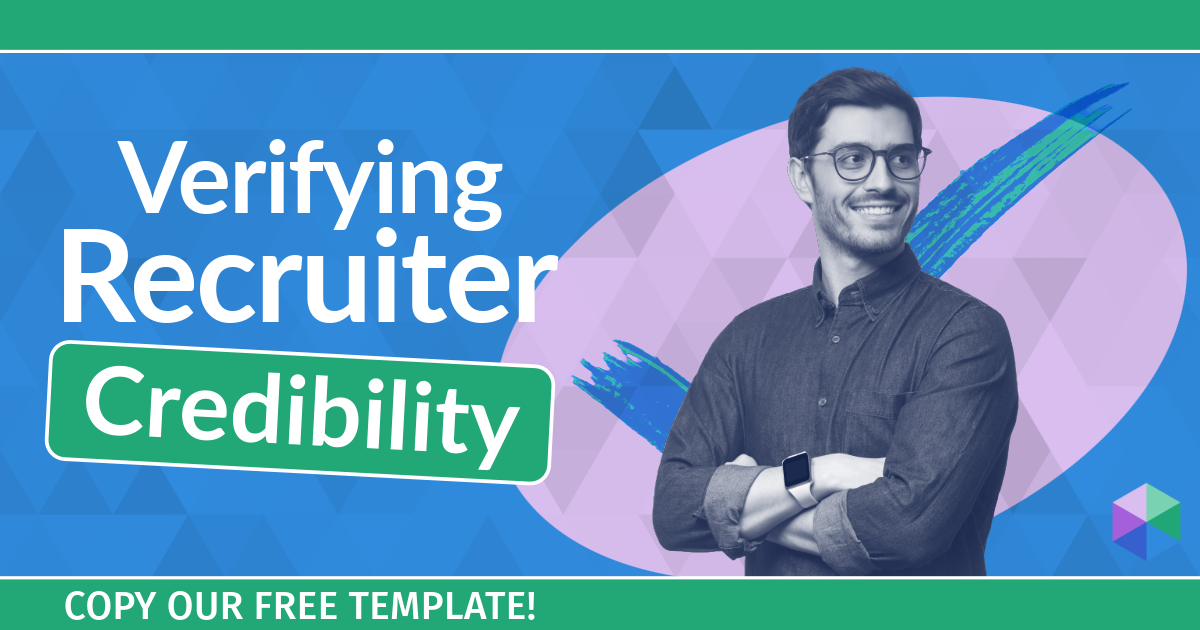As of 2023, New York has legislated against ‘automated employment decision rules’. Other states are sure to follow. Clearly, the use of AI in recruitment isn’t quite there – yet. (When it comes to artificial intelligence (AI) in recruitment, you probably already know the story so far. If you don’t, then we highly recommend that you check out our blog post about the potential and the pitfalls.)
However, what these developments have done is help highlight how technology could be used to support diversity and inclusivity in recruitment. Let’s take a closer look.
When recruitment AI takes historical hiring data, let’s say for software developers, it discovers a historical trend. In this example, the hiring trend leans towards white males of a certain age. So when the AI uses this data to potentially screen candidates for a software developer position – guess what? It screens out candidates who don’t fit the criteria. Therein lies the problem with using ‘automated employment decision rules’ – they’re susceptible to historical bias.
If you always do what you’ve always done, you’ll always get the same result.
What recruitment AI has exposed is an inherent structural issue within the employment market where groups of people were not getting shortlisted, not getting interviewed, and not getting hired because of who they were as opposed to what they could do. What we’re seeing today is an adjustment to that inequality through a confluence of history and technology which enables recruiters to not only create a more inclusive workforce, but to proactively recruit talent from more diverse backgrounds.
Offering distance-based roles is just one example of how employers and their recruiters can reach a wider and more diverse talent pool by looking beyond their city limits or state lines into previously overlooked communities or social groups. Similarly, ATS and CRM software can help recruiters specifically target a wider demographic of candidates, which simultaneously improves their chances of acquiring the right talent for the right role.
As organizations actively seek to increase the diversity of their workforce and create more inclusive environments, it falls to recruiters to increase the appeal of open roles to a broader audience. That means positioning the company’s employer brand and job postings in a way that appeals to many different types of individuals, irrespective of their age, skin color, sexual orientation, or gender. Through their recruiting efforts, employers need to ensure that underrepresented groups become an integral part of their organization. Groups of people who have been overlooked in the past will need greater opportunity to not only get hired, but also progress into leadership roles.
Diversity comes in many different forms.
One of the great things about increasing workforce diversity is that it brings in new ideas and perspectives. It’s healthy for organizations to encourage diversity of thought, and to openly welcome and facilitate a range of viewpoints, which can ultimately help to drive business forward. Instead of speaking with one voice, companies can embrace a range of different voices and therefore increase their appeal to people from different backgrounds.
The other benefit of having a diverse and inclusive workforce is that it makes everyone feel more welcome. In turn, this increases employee happiness. A happier workforce is usually a more productive one. A more productive workforce creates better business success and increased revenues.

Unfortunately, some employers might look at a stack of resumes and discount potential candidates based on their name alone. If the name didn’t sound “right,” if it wasn’t the sort of name that was perceived to traditionally fit with a certain role, it ended up in the ‘no’ pile. Studies as recent as 2021 have shown that name discrimination is still having an impact. This means some of the best, well-qualified talent may be out of the running even before the race has even begun.
These days, recruitment technology allows recruiters to proactively search for a more diverse range of candidates based on factors beyond their name. This needs to be carefully aligned with the recruiter’s fundamental purpose, which is to bring in the best talent for the role, whoever they may be.
Ultimately, organizations need recruiting practices that ensure their workforce reflects the totality of the population they serve; while getting the best available talent. To that end, recruiters need an ATS with the ability to search for candidates based on a range of quantifiable skill sets.
At the same time, the way in which recruiters source, track, and recruit individuals needs to be transparent and compliant with the laws of a city, state, or country. The right ATS and CRM platform can help recruiters ensure that a more diverse range of candidates make the cut, helping the organizations they serve to become more inclusive.
PCRecruiter is a powerful recruitment platform which partners with a range of systems and services that provide cutting-edge recruitment tools. View our integrations and partners.

PCRecruiter’s AI tools for content generation, candidate summary, and internal data search are now available FREE for a limited time.
Read more
PCRM — the CRM and Recruitment ATS hybrid built specifically to empower and scale with solo recruiters and growing agencies — is now available.
Read more
Recruitment professionals are facing a new challenge in today’s digital landscape: scammers posing as legitimate recruiters. These scammers are increasingly targeting remote work job seekers, causing some candidates to become wary of all recruitment outreach.
Read moreFind out more about who we and what we do.